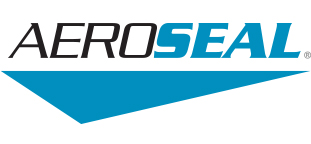The ductwork carries the hottest air in the house in the winter, and the coldest air in the house in the summer. In other words, these ducts carry the most expensive air in the house. We typically insulate our attics to R-30 to protect our 70-75° house from a hot or cold attic. However, we only insulate attic ducts to R-6 to protect the most expensive air in the house from these same attic temperatures. The best solution to this problem is to keep the ducts out of the attic, but if a short attic run is essential, this run should be low on the attic floor, between two joists, with R-30 insulation installed over the duct after sealing all joints and seams with a high quality sealant.
The heating/cooling unit itself is very lightly insulated, and leaks a lot of air. These units should definitely be inside the house.
Remember that a basement is a semi-conditioned space, and that it rarely will drop below 62-64°. If you need two systems in a large house, then consider putting both systems in the basement, one heating the left half of the house and the other heating the right half of the house. If you have to put a system in the upper half of the house, consider putting the unit in a closet to minimize exposure to the attic, and then putting a minimum of ductwork in the attic.
In situations where ductwork must be located in an exterior cavity such as the ceiling of a garage or an exterior wall, the duct should be rectangular or oval, and should make physical contact with the interior, heated surface. This way the maximum amount of insulation can be installed on the cold side of the duct keeping it as warm as possible (this same technique is best for water pipes to prevent freezing). Be aware of energy codes when insulating these cavities.
Remember also that returns are an important part of the ductwork and that the temperature of the return air influences the temperature of the supply air. With this in mind, be sure that no returns are run through an attic without being thoroughly sealed and heavily insulated, and that no returns are run through a garage ceiling or exterior wall without allowing for space for insulation, again keeping the appropriate energy codes in mind. Best to keep them inside!


